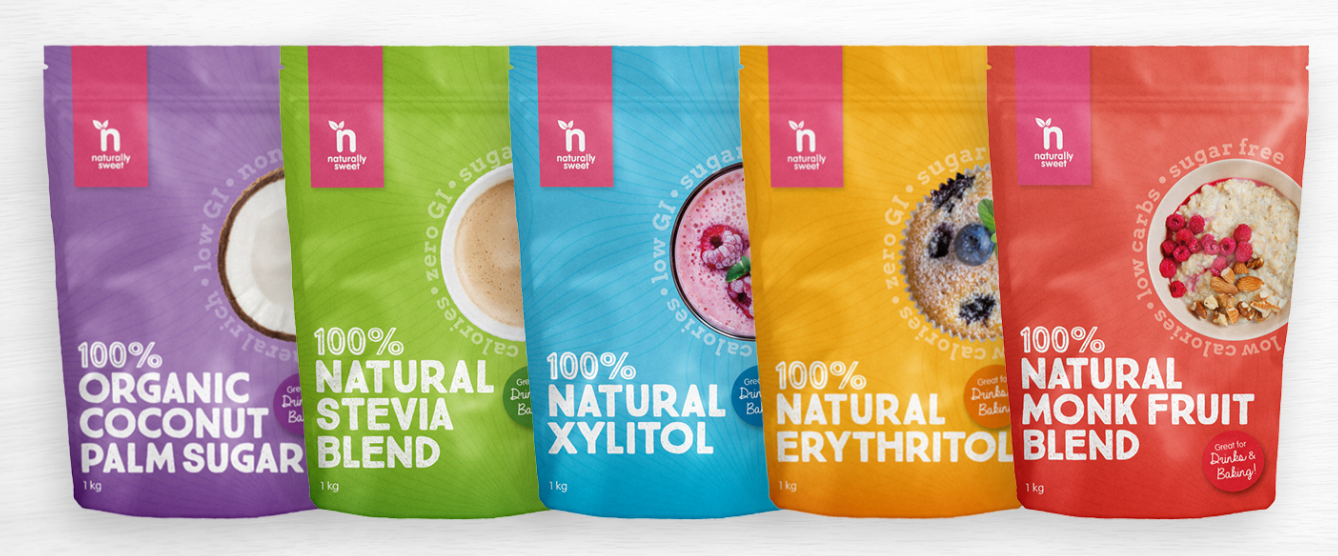Finding the best Xylitol Products
By Dr. John Peldyak, DMD
The Problem
The main cause of dental caries (the disease process of tooth decay that results in cavities) has been identified as the mutans group of streptococci, collectively referred to as Strep mutans or MS. These germs thrive in a highly acidic environment and crowd out more friendly bacteria.
MS feed on and ferment carbohydrates in the diet to obtain energy and leave behind acid waste products. These acids attack and demineralize teeth. The preferred food for MS is sugar (in all its forms such as glucose, fructose, and particularly sucrose--ordinary table sugar) which generates plenty of acid along with the sticky links that hold the plaque biofilm together.
Polyols (such as sorbitol, mannitol, and maltitol) are natural carbohydrates called “sugar alcohols” because their chemical structures are very close to sugars. Poyols are popular ingredients in sugar-free products since they supply bulk and some sweetness with fewer calories and lower glycemic impact than other carbs. They are generally considered “safe for teeth” because they are fermented very slowly by MS. For example, sorbitol is the main ingredient in most toothpastes. Keep in mind that MS can use sorbitol as a food source and grow on it (albeit slowly) so that when sugar comes along they are ready to do damage.
Xylitol is different
Xylitol is the sweetest polyol, with the same taste and sweetness as sugar. Xylitol has a unique 5-carbon structure whereas most dietary carbohydrates are based on 6-carbon units. This structure is completely non-fermentable by MS. Beyond that, xylitol actively interferes with MS metabolism, thereby suppressing acid production and inhibiting growth. In addition to anti-microbial effects, xylitol acts as a carrier for calcium, helping to remineralize teeth. Certainly xylitol has earned a reputation as the best sweetener for healthy teeth.
How Often? How Much? What Kind?
To obtain the greatest dental benefits, xylitol should be used consistently at least 3 times each day. Surprisingly small daily amounts—around 6 grams or one rounded teaspoon--are sufficient.
It is important to choose products with high xylitol concentration, especially those that encourage salivation by chewing or sucking. Chewing gum is considered an ideal delivery system to get xylitol in contact with teeth, and gum is by far the most popular use for xylitol. Research trials have demonstrated that other forms of xylitol, such as hard candies and mints, can be equally valid.
Although many commercial products claim to feature xylitol, not all of these can be considered effective. A good rule of thumb for oral care products is to follow the advice used by the military: “Look for xylitol first”. That is, xylitol should be the first sweetener listed on the ingredients label. The very best products are 100% xylitol-sweetened.
Other Ingredients
Ingredients such as Sorbitol, mannitol, maltitol, and maltodextrin are inexpensive bulking agents which are not as sweet as sugar and usually require the addition of artificial sweetener to intensify the sweetness. Xylitol has the same taste and sweetness as sugar. If the xylitol concentration is high enough, there is no need for artificial sweetener.
Hi-potency artificial sweeteners (aspartame, sucralose, acesulfame K, and saccharin) are hundreds of times sweeter than sucrose. Such very little is used that by themselves they have no effect on dental caries. In solid products artificial sweeteners are used in combination with bulking agents to simulate sugar at a lower cost. If the label lists artificial sweetener, this is a good indication that xylitol levels are low.
In research trials the best results for decay prevention and remineralization were consistently obtained with 100% xylitol-sweetened products. Bulking agents that provide a food source for MS could just dilute the desired impact of xylitol.
On the other hand, some ingredients may enhance the benefit of xylitol. Calcium glycerophosphate or calcium lactate provide calcium and add buffering against acid. This is an active area of research.
Summary
Companies will often skimp on xylitol to hold down costs. Look for xylitol as the first, and preferably the only, sweetener listed on the ingredients label. Use xylitol at least 3 times each day. Establish a healthy habit of brushing with xylitol toothpaste every morning and night, and enjoying 100% xylitol-sweetened chewing gum or mints after every meal and snack.


